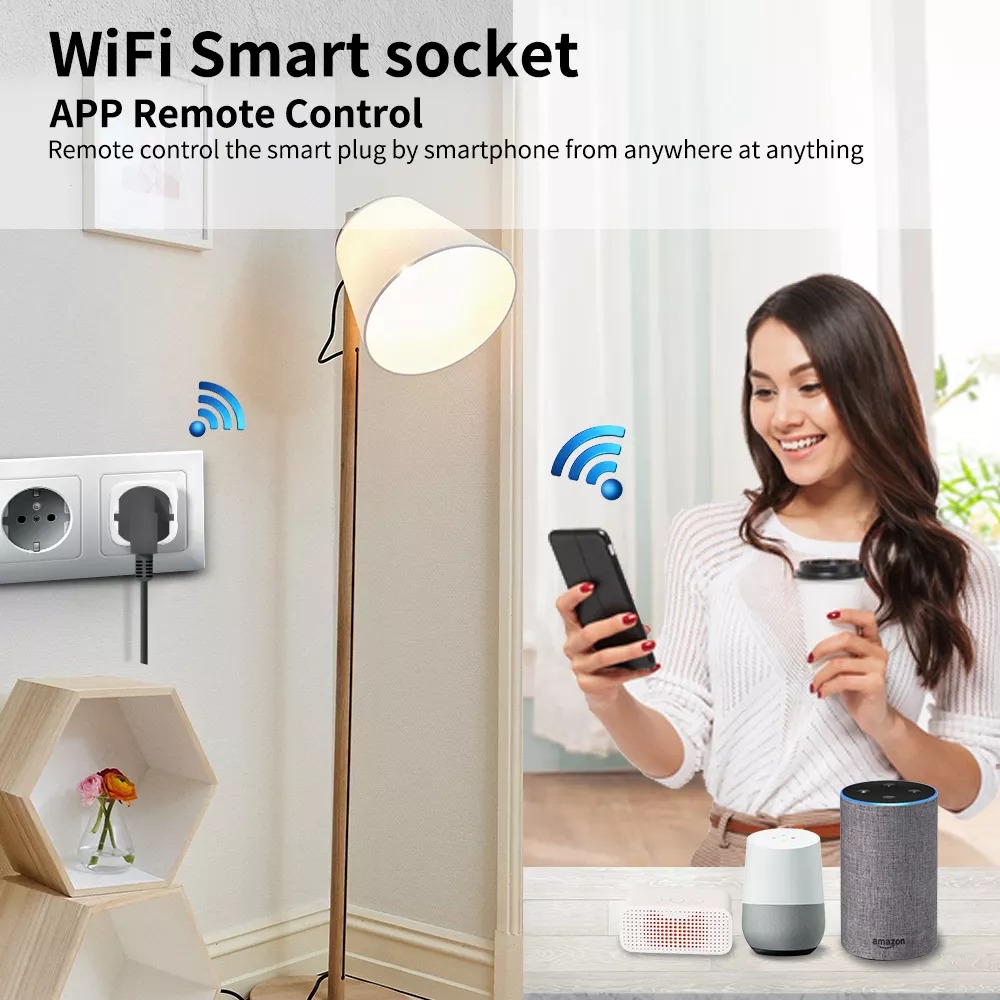Five Examples of IoT Tech Making Smart Homes Green
Green technology is a growing field for sustainable innovation. Part of the progress toward a greener future means that households need to adapt to practices that help the environment. Thankfully, the Internet of Things (IoT) is here to help. Green IoT tech helps turn a home into a smart residence. This combination of technology and sustainability can make green smart homes the new norm.

From smart thermostats to predictive maintenance, IoT brings innovation to the home. Each integration lowers energy usage or emissions output, saves water, and also saves homeowners money along the way.
Here are five common examples:
1. THERMOSTATS
Heating and cooling are primary necessities for any household — especially for those who live in climates with varying temperatures. With the changing seasons, homeowners adjust their thermostats accordingly. A few degrees can add up, though, on top of the average $4,000-$6,000 they spend on installing HVAC systems.
With some clean energy properties having a $1 million financing value, green properties are in high demand. A smart thermostat is a wise investment to curb excess costs and add interest to the property.
The ability to control thermostats remotely from a mobile device lets homeowners turn the temperature up or down while out of the house. Many smart thermostats use IoT to geofence — they automatically turn up or off once the resident leaves. This change in temperature can save a significant amount of money throughout the year. Further, energy consumption and emissions will decrease.
2. WATER-SAVING DEVICES
On average, a household can waste 9,400 gallons of water every year. With wildfires in places like California and Australia—alongside the ongoing global water crisis —wasting water is something to avoid. Luckily, plenty of IoT household devices can save water in different ways.
Leak-detecting devices monitor areas prone to leaks. For instance, water heaters and piping throughout the house are common spots. If a leak occurs, homeowners can act quickly to stop it.
Another device is a smart hub that gathers information in one location. It shows things like water consumption and household budgeting for the day, week and month. This hub also monitors leaks in real-time and can provide alerts about bills at any moment.
3. PLUGS AND POWER STRIPS
Vampire energy occurs when devices and appliances are on standby mode. When idling, many gadgets like computers, coffee makers, and televisions suck up power even though they’re not in use. This excess energy draining comes with costs of about $165 per household per year. It translates to over-consumption and resource usage.
While a common solution is to unplug devices that are not in use, this can turn out to be a pretty tedious task to have to perform day in, day out. The IoT-based solution comes in the form of plugs and power strips. These smart devices shut off power to any idling device. Plus, with mobile internet access, a homeowner can turn off the power from any location.
4. HOME APPLIANCE AUTOMATION
Since green IoT tech revolves around connecting to the internet, wireless sensors and networks are inherently part of the field. With home IoT automation, these sensors are key for reducing energy consumption.
For instance, all homes have lighting. With automatic sensors, these lights can turn on and off when someone enters or exits the room. Further, IoT smart lighting typically uses LED bulbs instead of incandescent-sourced lighting. The energy reduction benefits of sensors — paired with the 75% less energy usage of LEDs — makes smart lighting invaluable.
Automating other appliances and fixtures like lighting will offer more green smart homes the latest necessities in sustainability and energy efficiency.
5. PREDICTIVE MAINTENANCE
Waste comes in many different forms — and e-waste is a prevalent issue with outdated tech and devices. Without proper recycling, tech waste adds up and creates an environmental issue. However, green IoT tech can help out here as well.
Predictive maintenance is a combination of automation and IoT. When a device is underperforming, sensors will send a message that it’s time for updating. This simple step saves energy, money, and e-waste since homeowners can simply fix their device instead of throwing it out. It’s a cost-effective way to keep everything running smoothly throughout the house.
THE RISE OF GREEN SMART HOMES
Energy efficiency and technology go hand-in-hand. One without the other becomes inefficient. For homes, the Internet of Things brings these two fields together in eco-friendly ways.
Whether it’s water detection systems that conserve resources or predictive maintenance sensors that keep everything running, smart homes are greener than ever. With the high demand for green houses, IoT tech can be the defining selling point.